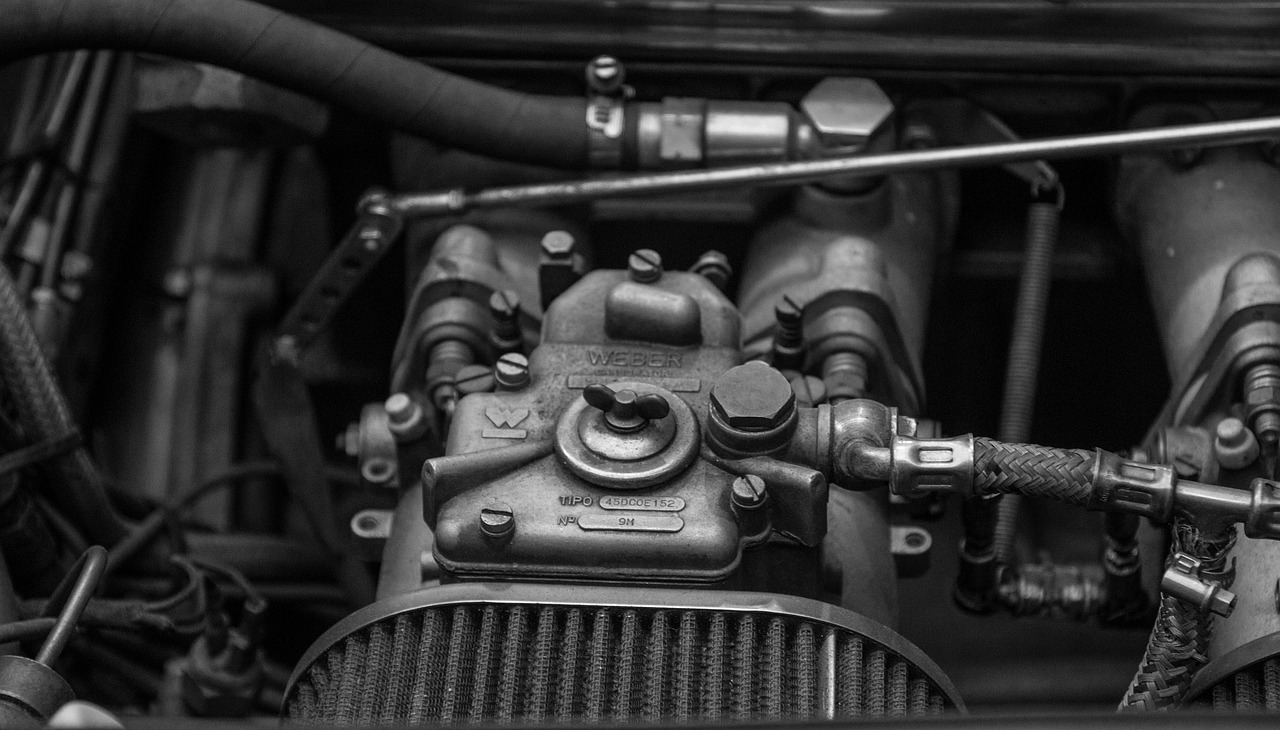 A car engine should be on top of your list of considerations when buying a car. Over the past couple of years, manufacturers have been producing vehicles with smaller and more efficient engines. For instance, a family car used a decade ago is highly likely to have had a two-liter engine. This has since changed, and manufacturers now fit smaller turbocharged engines in family vehicles.
A car engine should be on top of your list of considerations when buying a car. Over the past couple of years, manufacturers have been producing vehicles with smaller and more efficient engines. For instance, a family car used a decade ago is highly likely to have had a two-liter engine. This has since changed, and manufacturers now fit smaller turbocharged engines in family vehicles.
Cylinders
Cylinders are the power unit of an engine; it’s here that petrol is combusted to power a car’s engine. Most cars today have four, six, or eight cylinders. Ideally, having more cylinders translates to producing more power. As much as vehicles with fewer cylinders do not offer a lot of power, they provide improved fuel economy.
Displacement (Liters and Cubic Centimeters)
Car engines are measured by the displaced volume, expressed in terms of cubic centimeters (cc) or liters. Ideally, displacement is a measure of the cumulative volume of all cylinders in the engine. Thus, a 2.3-liter engine with four engines has a total capacity of 2300 cc, with each cylinder having an average volume of 570 cubic centimeters.
Horsepower and Torque
A car’s horsepower and torque essentially refer to the amount of power produced by an engine. While most terms point to the same thing, most people are horsepower. A car’s horsepower is essentially the maximum power that can be produced by the engine at top speed. A 200HP engine can only develop this power at peak speed. The power generated by the engine …
